The Danger of The Crunch – Get More From Your Core!
Happy Monday!
Well, I’m in Melbourne, Australia with Penny to attend the FILEX convention next weekend. Stop by the CHEK Institute booth, Jo Rushton and I will be signing our books and I’d love to meet you while I’m there.
I really enjoy Australia and the Australian people, so I’m sure to have a good time. If I get a chance, I’ll head over to Underworld Gym, which is a special place for me because many years ago in the late 1990’s, it was in this very gym I first deadlifted 500 pounds (for a double) and was able to do that for three sets.
I also won two lifting competitions there between myself and my good buddy Lou Barry, who was a past champion body builder, strength coach, and work hardening expert in the corporate world; sadly, he died of a heart attack not to long after our last lifting session together.
I have a nice little vlog for you today, so let’s get started:
The Danger of The Crunch – Get More From Your Core!
In my video blog today, I share some history regarding how I learned about the dangers of the crunch exercise.
I show some of the calibrated measurement devices I invented so I could document how exercise and therapeutic procedures objectively effected an individual’s posture, joint mechanics, and functional movement abilities.
In the video (see below), I also explain several things about posture, what normal spinal curvatures are, how muscles adapt to exercise and stretching over time, and how you can really get a lot from using a Swiss ball for abdominal conditioning.
I explain how using a Swiss ball and the optimal core conditioning methods I share/teach in my correspondence course Scientific Core Conditioning can go a long ways toward both injury prevention, and enhanced athletic performance.
I hope you enjoy my video blog today!
References:
1. Scientific Core Conditioning – Correspondence Program
2. Swiss Ball Training – Correspondence Program
3. Core Conditioning Exercises – Correspondence Program
Love and chi,
Paul Chek

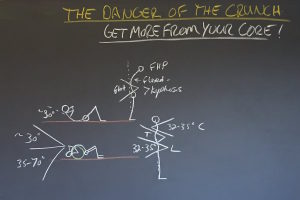
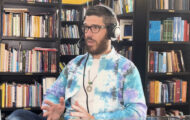
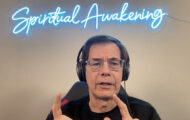
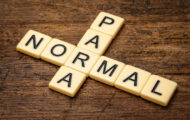
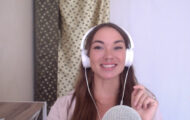
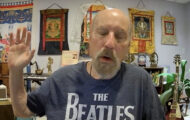
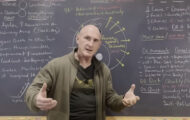







Find me on the web